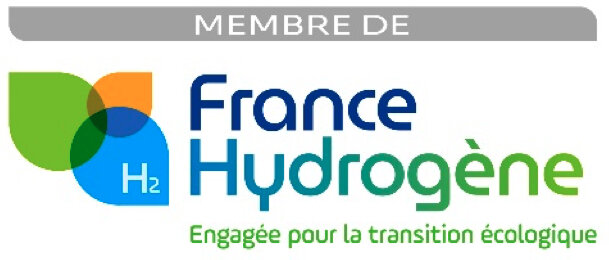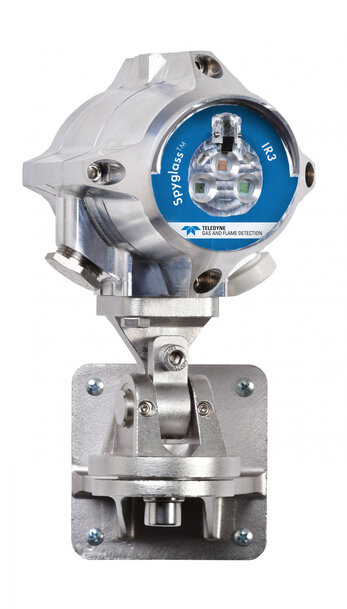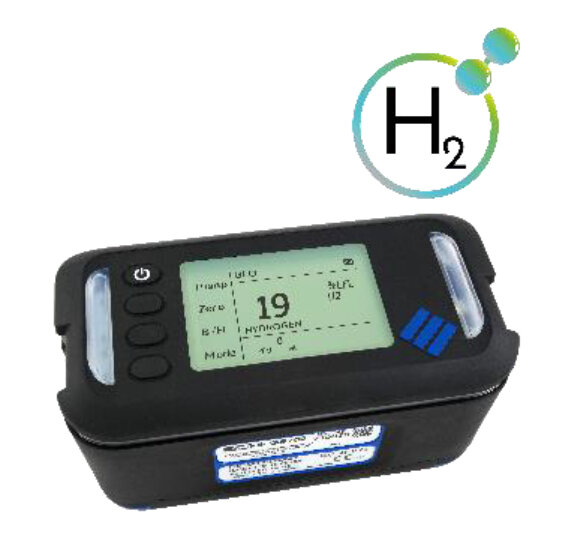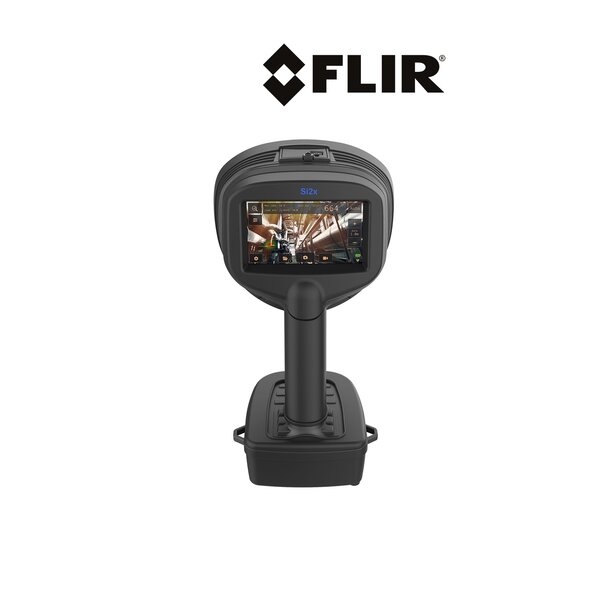core2.ipmediaonline.com
16
'25
Written on Modified on
PRIORITISING SAFETY IN THE HYDROGEN TRANSITION
The challenges of hydrogen are many, and the issue of safety will be addressed at the joint Teledyne Gas and Flame Detection and Teledyne Flir stand at the Hyvolution trade show, January 28-30, 2025 in Paris, Porte de Versailles, France.

Recently, Teledyne Gas and Flame Detection celebrated 190 years of experience in gas detection, including 75 years of SpyglassTM flame detector.

Teledyne Gas and Flame Detection supports players in the hydrogen value chain by meeting their safety challenges. From production to storage, compression and usage, its gas and flame detection solutions guarantee optimum protection, putting safety at the heart of the transition to hydrogen.
Among their latest product releases, the Spyglass IR3 H2 flame detector will be showcased with its new functionality that allows for the detection of hydrocarbons, enhancing safety with better response time, false alarm immunity, and SIL2 compliance.

The emblematic sensor of the with MEMS thermal conductivity technology (for detection of methane, hydrogen, butane and propane). These technologies ensure optimum measurement stability while remaining impervious to poisoning.
With an extensive range of products and solutions dedicated to the hydrogen sector, Teledyne Gas and Flame Detection also provides best after-sales network in France, with over 50 technicians at your disposal.
Among the other products on display, the MX 62 TP central detection unit stands out for its ability to manage up to 64 secure channels. Equipped with a high-resolution touch screen, it provides a clear display of critical gas detection data. It also incorporates advanced features such as remote management via an on-board web page, optional SMS text messaging for added flexibility, and event logging with secure user profiles, guaranteeing modularity and reliability.
Your site's protection can also be assured by a wide range of detectors, such as DG, an intelligent gas detector with easy-to-configure, easy-to-maintain “cartridge” cells that can be replaced without disconnecting the power supply to the detector, minimizing system downtime.
Portable detectors, manufactured in Scotland, UK, will also be on display. These include the brand-new PS200 portable detector, an up-to-four gas personal detection device which is a must have for many applications. Continuous demonstrations will be offered throughout the day.

Finally, if you need clarification on hydrogen regulations, don't miss the free conference on “The regulatory environment and feedback on hydrogen detection”, given by our Product Line Manager on January 29, at 2:30 p.m. in Forum 3.
FLIR Si2x, specially designed for ATEX gas and dust zones. Compact, lightweight and easy to use, this solution makes it possible to detect, locate and measure pressurized gas leaks such as hydrogen with just one hand. Equipped with 124 MEMS microphones, an 8x zoom and a 12 MP digital camera with high-resolution TFT LCD screen (1280x720p), the Si2x camera is a high-performance sonic and ultrasonic inspection tool. Its technology enables it to be used in very noisy environments, as sound and ultrasound emissions are directional and highly localized, enabling the camera to position the source on the real image delivered by the integrated video camera. By combining a set of microphones, it is thus possible to locate the source very precisely on the image with minor influence of environmental factors such as temperature, humidity or wind at greater distances. With a range of 0.3 to 200 meters, it guarantees enhanced safety for users, identifying even the tiniest leaks and estimating their size and cost. With minimal training and prior adjustments required, the Si2x boasts an operating time of 2.5 hours. What's more, a 5-minute video recording function is particularly useful in the event of an audit.

Teledyne Gas and Flame Detection and Teledyne Flir expert teams will be on stand 4T49 to help you put safety at the heart of your transition to hydrogen, and meet the challenge of detecting the invisible hydrogen flame.
www.teledynegasandflamedetection.com

